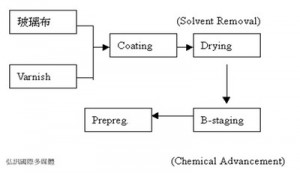Film making is the previous printed circuit board or flexible pcb manufacturing process, the quality of film directly affects the quality of PCB product. In the production of a certain kind of PCB, it must have at least a corresponding film negatives. Each printed conductive pattern (circuit layer, the signal layer, the power level layer) and non-conductive pattern (solder mask and silkscree) should have at least one film negatives. By photochemical transfer of technology, the patternswill be transferred to the production pcb board.
Film negatives application in the PCB production for the following:
1. Photographic mask pattern transfer in the graphic, including circuits graphics and solder line graphics.
2. Screen Printing in the production of screen templates, including soldermask and silkscreen.
3. For Machining (drilling and milling appearance) based programming CNC machine tools and drilling information.
With the development of the electronics industry, the increasing higher of requirements of PCB. PCB design of high density, thin wire, small diameter tend to become increasingly fast, PCB production processes become more perfect. In this case, if no high-quality film negatives, can produce high quality printed circuit boards.In this case, if no high-quality film negatives, we can’t produce high quality printed circuit boards.
